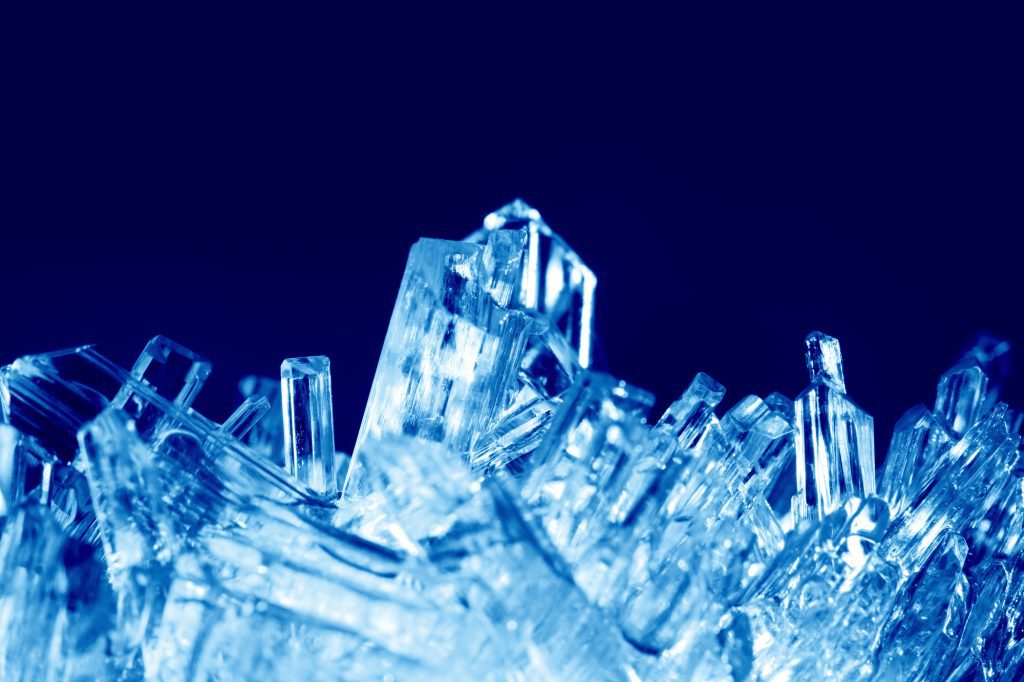
In considering the combination of gay men, sex, and crystal, a number of considerations come to mind for mental health professionals and researchers. For the first part, discussing gay men and sex, care must be taken to avoid generalizations, just as care would be taken to demonstrate cultural competency and absence of prejudice in discussing any subgroup of the general population. Why is it that gay men (excuse me, “men who have sex with men”) are still subject to a certain scientific, distancing condescension that is widely recognized as off-limits (rightfully so) for any other American minority? Too often, I find that gay men are sometimes viewed in the literature as scientific subjects in a way that unconsciously or even just conveniently administratively de-humanizes us, that is all too reminiscent of the Dred Scott/blacks-as-three-fifths-of-a-person way, rather than realizing that what happens to gay men happens to important, human contributors to American society.
The need for more discussion around gay men, sex, and crystal is extremely compelling these days because apparently there is a widespread perception (from the City of West Hollywood Forum held late in October, 2004) that the community of gay men (worldwide but in this case specifically in West Hollywood, California), needs to address these issues in order to improve the collective health and well-being of this community. There is a collective feeling that increased discussion and savvy, coordinated interventions among providers will work to prevent the threat of the community’s further bio-psycho-social deterioration from this näively underestimated and all-too-often devastating drug. Addiction, economic loss, relationship harm, loss of professional status, HIV transmission, STD transmission, funding the underworld, rotting teeth, emaciated bodies, and the deteriorating mental and physical health of otherwise robust men and adolescents are just some of the spoils that crystal use has wrought far too often upon our community.
This is a time for brave, unflinching, comprehensive discussion that does not merely re-state the problem, but is a call to action on what to collectively do about it as a community of consumers and providers of social services. We are all wary of waiting too long to take action that will help our community, after many of us have witnessed the many years of widespread official public administration denial and relative inaction of the early years of the AIDS crisis. Local gay male consumers and their corresponding treatment providers (such as physicians and psychotherapists) are in need of information that not only describes the nature, extent, and characteristics of crystal meth addiction among gay men as a targeted social problem, but is much more specific about interventions that are known to be effective in rescuing a drowning (or at least very wet) population. The readers of this newsletter will be hungry for tools and descriptions of specific “proven best practices” that they can use to intervene with people who are seeking treatment, and yet we seem to lack sufficient articles, trainings, conferences, and other resources to equip the reader with the frankness and specificity that the situation demands. Could it be that we aren’t asking the right questions? Could it be that we’re afraid to? Are we, the esteemed clinical professionals, being squeamish when we really just need to use the words “booty bump” and “fuck” in professional discourse once in a while?
The unanswered questions and unsolved mysteries abound as soon as we combine the words gay, crystal, and sex. For example, there has been little to address the distinction between gay male crystal abusers and non-gay crystal abusers in terms of sexuality, when crystal addiction among various populations is a widespread national (and increasingly global) social problem. The implication of combining the words carelessly could be interpreted as yet another “demonizing” of the gay male community, reminiscent of the blame given to gay men for the AIDS pandemic as yet another manifestation of widespread national homophobia, particularly in the most recent national political context. Public health problem? Blame gay men! It’s easier than crying “Witch!” (or to be slightly more historically contemporary, “Commie!”) Do we find a problem in the connection between crystal use and sex because gay men are sex-crazed fiends by nature, or is there a problem because the physiological effects of crystal use disinhibit sexual behavior among all humans, even among heterosexual men and women – leading to not only HIV infection, but other STD’s, unwanted pregnancies, and public sex? Would the drug have the same sexually disinhibiting effect on lesbians? Is there any consideration, particularly in the literature review, as to the effect of crystal or other illicit drug use on the safer sex behaviors of all populations? How many teenage girls (with help from their teenage boyfriends) get pregnant on prom night while drunk? Yet somehow, the literature’s link between “alcohol and unwanted pregnancy” doesn’t have the current sexy ring to it in this newly-validated neo-conservative political climate (where NIH research is chilled if it gets “too gay”) that “crystal and gay male sex” has. As a community of researchers and providers, are we exploring widespread, relevant social problems or producing the next segment of a ratings-grabbing, prime-time, pseudo-news magazine show?
There is also not enough consideration to date of the socio-political context of the crystal-gay male sex connection. When gay men in recovery from crystal report sex without crystal is mundane, awkward, or unpleasant, why is this so? What socio-political factors are at work that facilitate the connection between crystal and gay male sex? At least some foundation of the social environment of homophobia, heterosexism, gender expectations, political oppression, hate violence, specific denial of equal federal/state rights (such as civil marriage), and their impact on the self-esteem and self-concept of gay men should be mentioned if we are going to cite the inherent “social problem” of crystal use and gay male sex. Similarly, there is not enough discussion of the psychological utility of crystal as a facilitator of gay male sex. Why are gay men using it in the first place? What social factors contribute to, or, conversely, inhibit its use? The same gay male community that makes crystal use “cool” can just as easily make it “uncool”; heaven knows gay men wield great power as the arbiters of fashion. And just how many gay men are using crystal in their sex, as opposed to an entire community of sexually active gay men (presumably the larger group) who aren’t?
There is also little discussion of the widespread phenomenon of gay male users who report using crystal for many years without consequence. The reason for the paucity of information on this could be attributed to a conspicuous absence of direct input from non-treatment-seeking gay male users in recent articles and studies. This phenomenon contributes to the frustration in trying to understand the haphazard, inconsistent, elusive, gradual, and insidious nature of the development of crystal meth addiction. If these users are truly “without consequence”, then this is a fascinating phenomenon worthy of our investigation: Who are these men, why is their use without the development of harmful addiction, and what distinguishes them from users who become addicted relatively quickly? Why are apparently some gay men able to use this physiologically and psychologically powerful drug in moderate doses indefinitely “without consequence” (assumed to mean “without impact on social and occupational functioning”, as the DSM-IV would say) while some aren’t? Is it the same distinction between “normal social drinkers” and “alcoholics”, or is there another mechanism, social or physiological, at work that we haven’t discovered yet? Answering this question in our research designs and subsequent literature will be critical in the future if the academic and clinical communities are to have an impact on social marketing to the gay community as a whole in raising awareness and fully addressing the psychosocial impact of crystal among gay men.
We, as a community of curious clinicians and pondering researchers, are off to a good start, but in many ways, we lack new information at a time when new information is desperately needed. Plenty of examples of crystal’s harm surround our community; it’s time we started talking and comparing recipes for how to break out of its circle, so that we can all move on already. In the past 24 years, we’ve seen AIDS, now crystal, and a backlash against our civil rights. Who will lead us into the new true Gay Age of Aquarius? Talk amongst yourselves.


